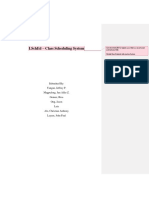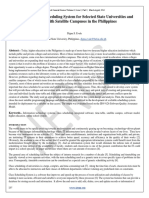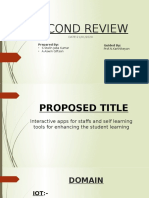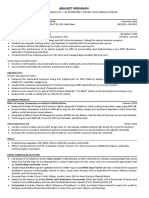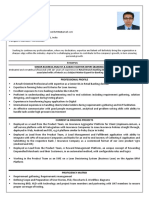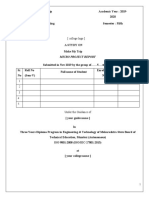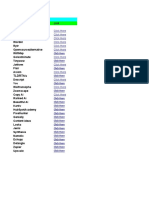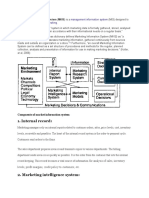0% found this document useful (0 votes)
81 views7 pagesLFSS Copyright Procedure
The document describes the development of a LAN-Based Faculty Scheduling System for Polytechnic University of the Philippines Calauan Campus. It aims to improve faculty scheduling and management of teaching loads. The system was developed using the Modified Waterfall Model and evaluated based on software quality standards. Testers found the system easy to use, secure, and effective at generating class schedules and teaching certifications. It allows administrators and faculty to efficiently coordinate teaching assignments.
Uploaded by
Lyca CariagaCopyright
© © All Rights Reserved
We take content rights seriously. If you suspect this is your content, claim it here.
Available Formats
Download as DOCX, PDF, TXT or read online on Scribd
0% found this document useful (0 votes)
81 views7 pagesLFSS Copyright Procedure
The document describes the development of a LAN-Based Faculty Scheduling System for Polytechnic University of the Philippines Calauan Campus. It aims to improve faculty scheduling and management of teaching loads. The system was developed using the Modified Waterfall Model and evaluated based on software quality standards. Testers found the system easy to use, secure, and effective at generating class schedules and teaching certifications. It allows administrators and faculty to efficiently coordinate teaching assignments.
Uploaded by
Lyca CariagaCopyright
© © All Rights Reserved
We take content rights seriously. If you suspect this is your content, claim it here.
Available Formats
Download as DOCX, PDF, TXT or read online on Scribd
/ 7





